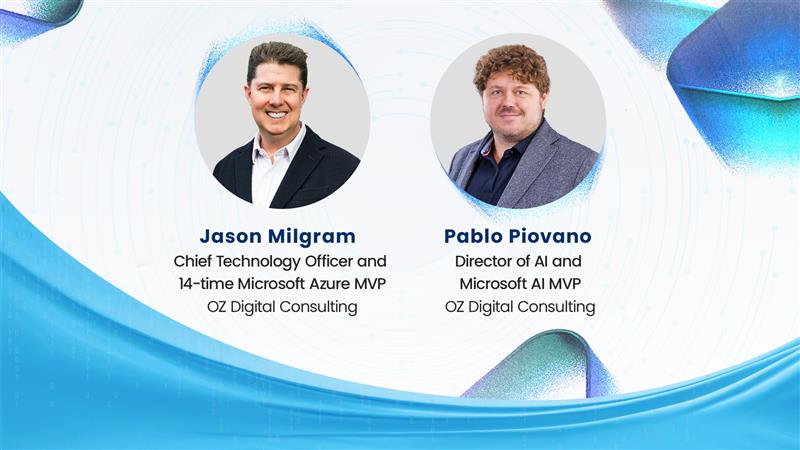By Murray Izenwasser, Senior Vice President, Digital Strategy
Nobody wants a claim – neither insurers nor customers. But when it happens can be the most critical “moment of truth” that makes or breaks the customer experience. While customers want — and expect — faster service, insurers must verify the claim isn’t fraudulent.
Claims processing cuts both ways. A superior customer experience will turn your customers into lifelong advocates. Yet, a prolonged settlement could dissolve into a tirade of customer complaints and bad reviews.
When done right, it’s a win-win for all.
A claim is the only time a customer interacts with an insurer, so making this exchange meaningful is extremely important.
How to automate across the claims value chain
Claims processing takes an enormous amount of time and paperwork. Agents must parse documents in many formats across various channels. The good news? The whole process is 75% faster with automation.
No-claims, straight-through claims processing is a huge opportunity for the insurance industry. Here’s why:
Use Cases:
- Routine, repetitive tasks — data collection, cleansing, processing — are perfect for RPA.
- A digital claims system where RPA robots perform real-time reviews on every claim. The claims data gets processed into other core systems in your stack. And there, you have a digitized, automated, front-end claims process.
- Contactless claims during intake and triage are possible with live virtual inspections, photo estimating software, and automated repair shop scheduling.
- Drones and satellite images can assess property damage from natural disasters. Meaning, insurers won’t have to send adjusters to the scene, often under hazardous conditions.
- When processing a First Notice of Loss request, an RPA bot can extract information and enter it into the claims system. Once completed, a cognitive bot can verify and approve it.
- When there is missing data, the task gets routed to an agent. The bot observes the interaction and “learns.” When the agent returns the claim to the workflow, a bot sends the verified request for payment.
A flexible claims environment calls for mapping the customer journey, automating the right steps, and deploying the right mix of tools and tech. While it takes effort, it makes for better, faster, and smarter claims processing. Not to mention higher value and lower cost.
Advantages of automating claims processing
For years, cost reduction has been the top priority for claims organizations. According to S&P Global Market Intelligence data, claims are a property and casualty insurer’s biggest cost, with paid losses and investigative and settlement expenses accounting for around 70% of US premiums. But cost alone shouldn’t be the only reason to automate.
Claim management automation (that uses NLP and OCR to extract and enter data) streamlines the process of evaluating, verifying, and settling insurance claims—all critical drivers of customer satisfaction.
By automating insurance claim processing, insurers can reduce many manual touchpoints and speed up customer payouts.
Benefits
Organizations that master their claims transformation benefit from:
- Better customer experience through reduced claim durations, flexible engagement, and customer-focused options
- Increased process efficiency through reduced claim cycle times and loss adjustment expenses (LAE)
- Improved payment accuracy through better decisions powered by real-time analytical models that drive optimal claims outcomes
- Improved employee engagement and talent retention through the elimination of repetitive administrative tasks and skills training
The use of automation—especially for manual, time-consuming tasks—could very well mean the difference between viability and extinction for many insurance carriers and producers in the years to come.
Questions to Ask
Before you start, ask these strategic questions to get more out of your investment.
- Have we mapped out and fully rationalized the end-to-end customer journey?
- Have we considered emerging technology and rapidly changing customer expectations?
- Are there inherent risks in entirely removing human interaction from the claims process?
- Are emerging analytical models and technology being used to optimize efficiency, with the flexibility to upgrade as improved solutions present themselves in the future?
- Should you standardize the processes before automating them?
- Are we collecting the right information at loss notice to triage intelligently while avoiding payment accuracy issues?
The right questions lead to the right solutions and experiences customers crave. There is no one-size-fits-all. Insurers must develop a comprehensive claims strategy—a customized approach to improve turnaround time, outcomes, and ultimately build customer trust.
To learn how RPA can improve claims processing and drive efficiencies in your organization book a meeting with our experts today.




